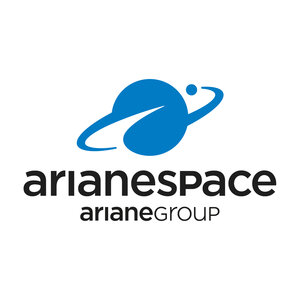Europe’s institutions on their use of Ariane 6 and Vega-C
ESA and Arianespace are giving full support to European institutional customers to launch their missions on Ariane 6 and Vega-C.

Daniel Neuenschwander, ESA’s Director of Space Transportation and Stéphane Israël, CEO at Arianespace welcomed about 100 attendees to a conference last week on Ariane 6 and Vega-C at ESA-ESTEC in Noordwijk, the Netherlands.
In-depth information on the status of development of Europe’s next-generation launchers, and answers to mission specific technical questions, led to productive two-way discussions and follow-up splinter sessions.
Ariane 6 and Vega-C, which will debut next year, will see their activities strongly boosted by institutional missions during the transition phase of 2020–2023.
Ariane 6’s maiden flight has already been earmarked for the launch of OneWeb’s constellation satellites, and Vega-C for the launch of LARES-2. Three European institutional contracts have already been signed for Ariane 6 and Vega-C launch services, with others expected in the coming months.

Low-cost launch opportunities based on a standardised regular service offered through ESA developed payload carrying structures on Ariane 6 and on Vega/Vega-C for light satellites, from cubesats to minisats, were also discussed in dedicated technical sessions.
The first of the new payload carrying structures, the Small Satellites Mission Service, or SSMS, aimed to meet the needs of a thriving small satellites market, is set to launch on Vega this summer providing a rideshare opportunity for seven micro-satellites and 35 cubesats. Its following launch will be on Vega-C in 2020.
The Multi Launch System for multiple payloads offered by Ariane 6 is well under development, with an initial mission planned for 2021.
Compared to the current Vega, the exploitation of Vega-C will allow more launches per year for increased performance to more orbits.

Ariane 6 will come in two configurations, Ariane 62 with two boosters and 64 with four boosters, depending on mission requirements, to respond to institutional and market demand based on the Ariane 5 heritage and reliability.
“Ariane 6 and Vega-C are perfectly adapted to handle complex missions and are capable of meeting every mission requirement in full complementarity,” commented Stéphane Israël.
“The future of Europe and space is closely linked,” added Daniel Neuenschwander, “Let’s fly European.”















 Germany
Germany
 Austria
Austria
 Belgium
Belgium
 Denmark
Denmark
 Spain
Spain
 Estonia
Estonia
 Finland
Finland
 France
France
 Greece
Greece
 Hungary
Hungary
 Ireland
Ireland
 Italy
Italy
 Luxembourg
Luxembourg
 Norway
Norway
 The Netherlands
The Netherlands
 Poland
Poland
 Portugal
Portugal
 Czechia
Czechia
 Romania
Romania
 United Kingdom
United Kingdom
 Slovenia
Slovenia
 Sweden
Sweden
 Switzerland
Switzerland





























